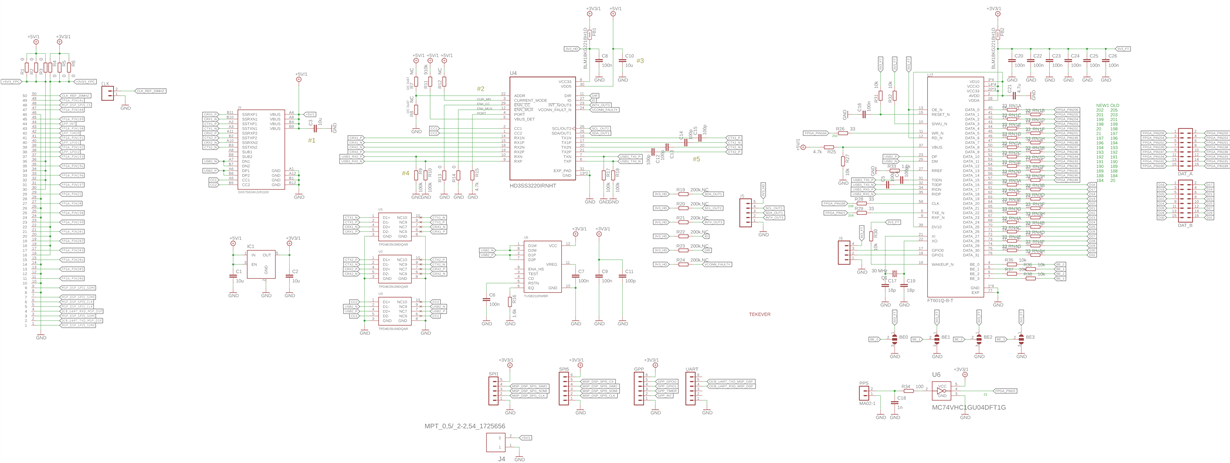Other Parts Discussed in Thread: HD3SS3220
I already looked through every single post on TI's website regarding this device, tried all the suggestions and went through the recommended checklist but still can't seem to make it work.
I'm attempting to connect an FT601 by FTDI to the computer through a usb type-c cable. For what I could understand from the datasheet, I needed to configure the HD3SS3220 in UFP mode. The thing is that the DIR pin is always high. The cable orientation is never detected and by measuring the resistance of the SS lines I figured that the mux never actually switches.
I'm using a USB Type-C to USB 3.0 Type-A cable with a 56k pullup. The CC lines show 418 mV and 0 V in one orientation but when I flip the cable they show a square wave with 4.8V peak and around 13Hz frequency.
I should also mention that the FT601 is never detected by the computer as a USB 3.0 but only as USB 2.0.
Thanks in advance for your help.




